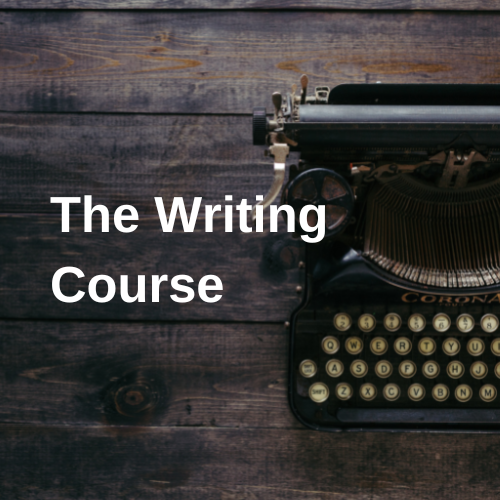Fundamentals of Academic Writing #5: Problem-solving
What do you do when you face a block in your writing?
Last time, I mentioned how I always try to keep working on a section of writing until it’s done. I don’t switch to working on something else if I face a problem, I stick with it until I find a solution.
And by doing this consistently, I’ve learned how to solve most problems that arise. I don’t need to write as fast as I can. I don’t need to produce endless drafts. I can figure it out in the moment, and my first drafts are usually pretty good.
So in this video I’m going to introduce some of the ways I go about this kind of problem solving in writing.
Start with the introduction
First, I always start at the beginning. Some say you should write the introduction last, but I always do it first, to establish what the piece is about.
If you don’t know what it’s about, that’s the problem you need to solve first, because it’s only once you’ve made that decision that you can make others. Otherwise you’re just dumping information on the page for no reason, and leaving the decision till the end means you then have to re-edit everything.
Having started, I then try to work through the document, writing in the order it will be read.
This means I always have an unbroken chain from the very first word up to wherever I am now, and never have to decide what to work on. I just have to find a way to link what I’ve already said to what I want to say next, in a way that makes sense.
Digging the tunnel
The metaphor I use to describe this process is that it’s like digging a tunnel through a mountain. I have to start at one end, and I can only dig at the rockface in front of me. This gives me a clear point of focus and massively reduces the amount I have to think about at any one time.
But what happens if I get stuck? Well I have a few options;
Just slow down and think. Give myself a chance to find the right words
But if that doesn’t work, maybe the idea I want to express doesn’t fit here. Perhaps it need to go somewhere earlier, in which case I will go back and find a place for it (like reinforcing part of the tunnel I’ve already dug). Perhaps I need to save it for later, in which case I make a note of it- I do not start writing another section; i tell myself, “it’s OK, I’ll deal with that later”.
Just leave it out: very often this is the best option! If I leave it out, I then have to think about what to say instead, but often the writing starts to flow If I just cut the idea I was struggling with.
But then sometimes I’ll find that it’s not the current idea that needs to go, but the previous paragraph needs to be deleted.
What I’ll do is run through these options quite quickly, visualising how they might affect the overall argument.
But if I’m really stuck, what I’ll do is go back to the start and just read what I’ve got so far. This takes some pressure off and often helps me make a decision, while also allowing me to do some quick editing if needed.
Or, if I’m still stuck, I’ll get outside and take a walk. Again just giving myself time to think
How do you know if it’s the right decision?
But how do I know what’s the right choice? How do I know whether to delete an idea, save it for later or go back and place it somewhere earlier?
This relies partly on confidence, as well as an understanding of structure and how ideas naturally link together, which I’ll cover in the next video.

